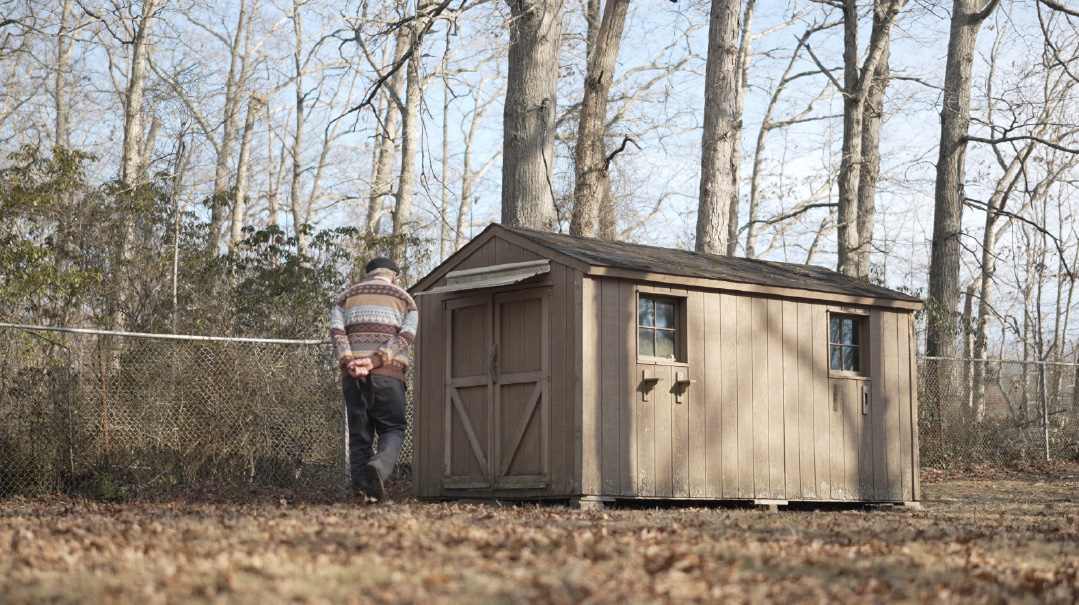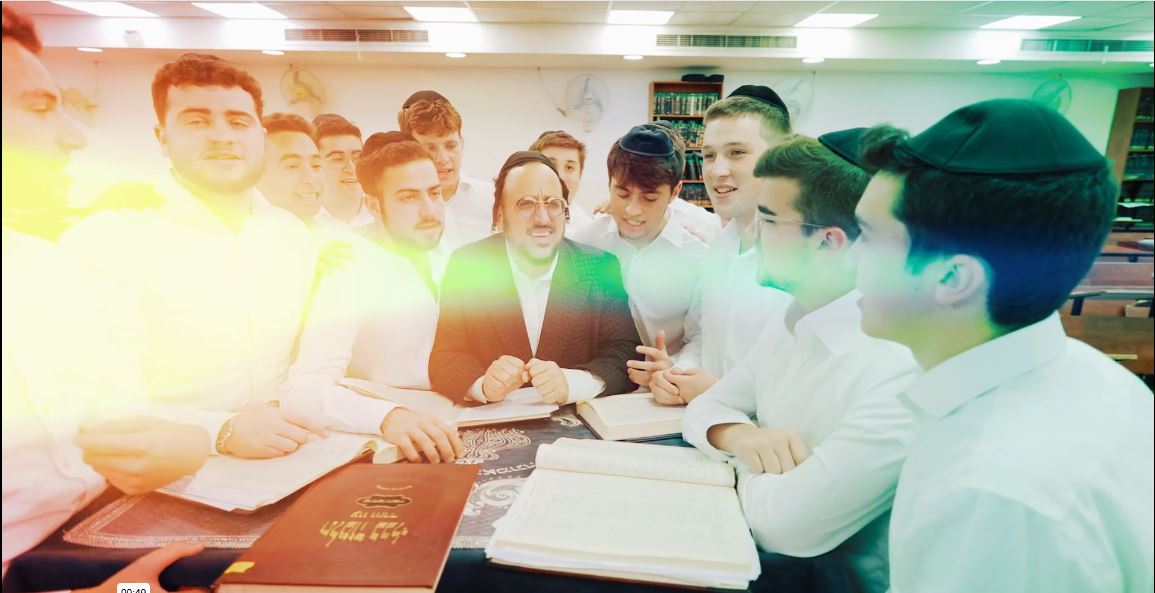Client: Yeshiva Torah Vodaath
| June 9, 2024“If we reenact the story in an engaging way, we can get the messaging out subtly. That would resonate”
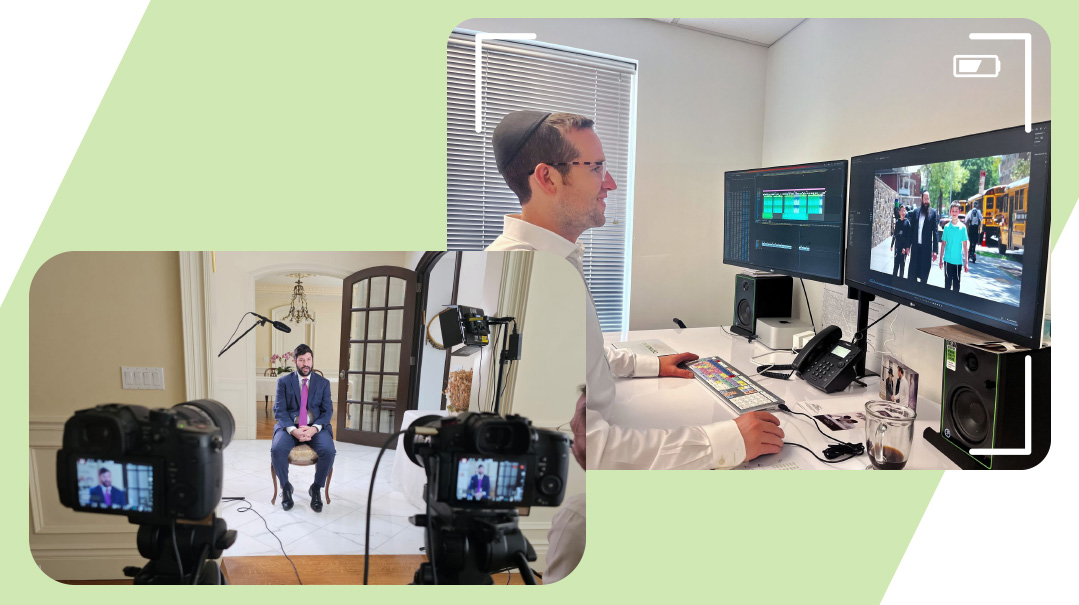
Client: Yeshiva Torah Vodaath
Objective: Several feature and honoree videos for their dinner
Film Locations: Brooklyn, New York
Project Deadline: June 2024
We’ve been working with Yeshiva Torah Vodaath ever since they reached out to us to create a production for their 100-year anniversary dinner in 2019. This year, executive director Rabbi Yitzchok Gottdiener and director of institutional advancement Rabbi Yitzchok Diamond told us they specifically wanted to highlight the yeshivah’s explosive growth.
“There’s a sense on the street that Flatbush isn’t as vibrant as it once was,” Rabbi Gottdiener explained, “but the yeshivah is growing, and we want to get that message out loud and clear.”
Registration is at an all-time high, they said, and they have more than 200 yungeleit in the kollel. Not only is there no downsizing, but they’ve invested a lot in upgrading their facilities and redoing the lobby, gym, dining room, and more.
Now that we understood the yeshivah’s messaging, we started discussing the videos.
“We’ll have the honoree videos. That’s standard,” Rabbi Diamond told us. “We also want a walking tour around the campus to highlight the renovations, and another video that showcases the growth of the kollel.”
One advantage of a video production is that you can show a concept and not just tell it. Instead of simply having someone claim that the kollel is having a positive impact on the yeshivah and the community, we wanted to show that impact in action. Our plan was to film various learning programs around Flatbush that have benefited from Torah Vodaath’s yungeleit.
Rabbi Diamond chimed in with a story that he thought could work for such a video.
“Two elementary schoolboys had a halachic question about a lost children’s magazine,” he said. “They were able to get an answer from the halachah kollel we have on the premises. It’s the perfect story, it happened just this year.”
I always say that the next best thing to a music video is a story, because viewers get drawn into the narrative in a way they might not with straightforward interviews.
“That’s great!” I agreed. “If we reenact the story in an engaging way, we can get the messaging out subtly. That would resonate.”
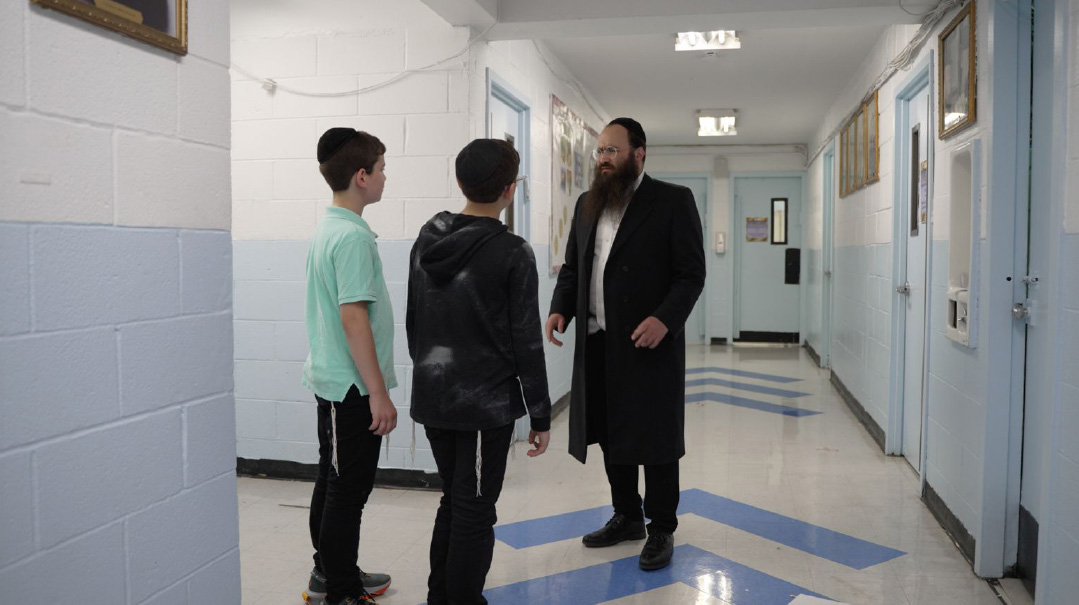
Filming in bustling school hallways added vibrant realism — and the challenge of uncontrolled conditions that demanded multiple takes to capture clear shots of our protagonists
Out of Space
We got our first exposure to Torah Vodaath’s growth and its impact on the community well before we even unpacked our camera gear. Shoot time was called for 10:30 a.m., with a full day of interviews, reenactments, tours, and B-roll ahead of us. Our senior production manager Moshe Niehaus was scheduled to meet with the cinematographer in Flatbush, but then the cinematographer called.
“I’m circling here, but I can’t find a spot anywhere near the building,” he said.
“I guess that makes sense if 200 yungeleit need to drive to kollel,” Moshe apologized. “I guess you’ll have to do what I did — drive to a quieter area 15 minutes away, park there, and then Uber here.”
Fortunately, we always leave ourselves extra time for setup, so our tight schedule still worked out.
Later, we were looking for a place to film the sit-down interviews, but there wasn’t a single suitable location — every square foot was being used! Luckily, my parents’ home is not too far from the yeshivah, and they graciously lent us their living room for the day.
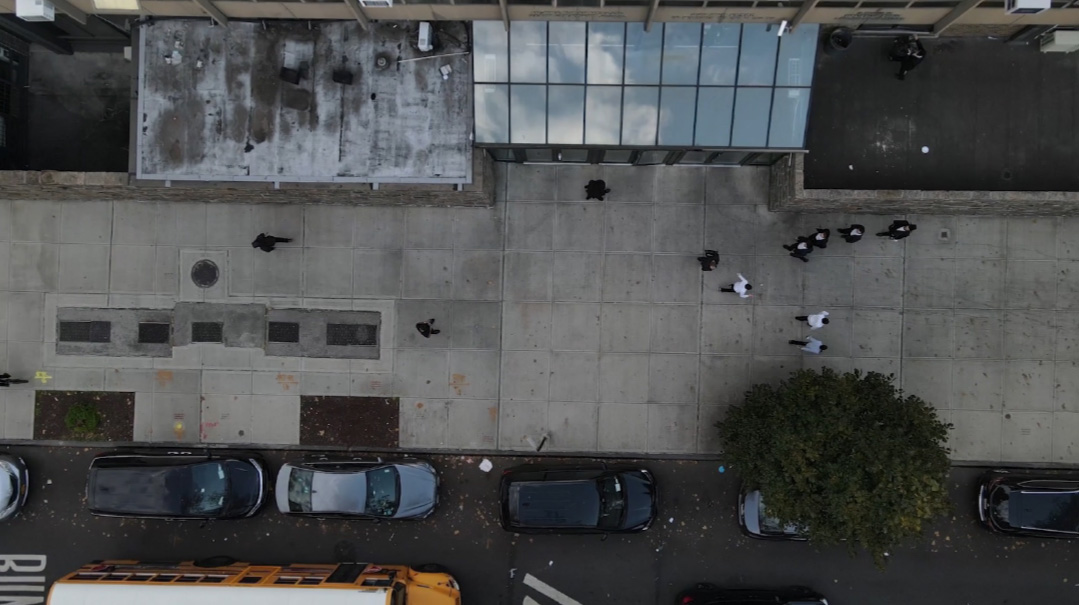
VFX Associate Miss Shayna Goldman seamlessly blends graffiti-style text with moving footage, navigating dynamic drone shots and intricate frame-by-frame adjustments for a flawless, immersive walking tour experience
Filming Reality
Our story, the one Rabbi Diamond suggested, was pretty straightforward. One boy, Tzvi Yehuda, had borrowed a Circle magazine from his friend Zaki. He left it on Zaki’s desk when he was finished, but when Zaki returned the next morning, he found his desk empty. The two boys went to the kollel to find out whether the magazine had been properly returned.
The best way to portray a story is to try to reenact it as closely to reality as possible. Since the incident happened in the school building — bustling hallways and ball playing during recess on the courts included — that’s where we would film it. But the challenge of filming in the middle of school is the lack of controlled conditions. Yes, we want the backdrop of children going about their school day, but we also need to get clear takes of our two protagonists.
In one scene in particular, we were filming a conversation between the boys and their rebbi in the hallway, and we had to do multiple takes as students kept walking in front of the camera.
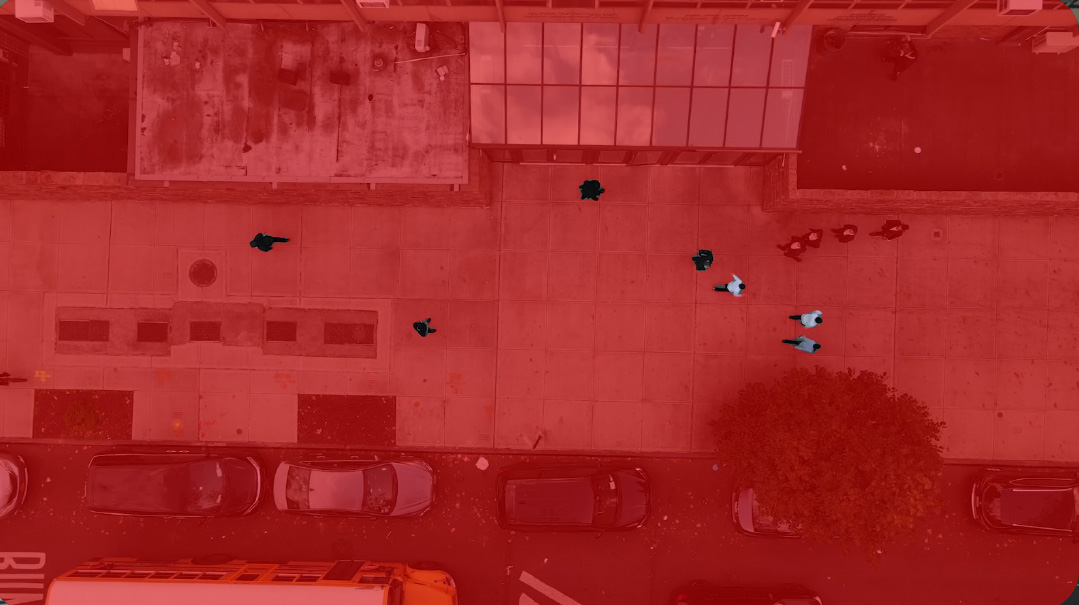
Change in Scenery
We hit another snag when Zaki told us that the story really ended when Tzvi Yehuda showed up at his front door with a fresh copy of that Circle issue. Zaki’s home is a considerable distance from yeshivah, but we did want to film that scene in a house that looked like his, and the apartment buildings nearby didn’t qualify.
We pulled up Google Maps, and Zaki pointed out his house.
“I don’t think we’ll find that type of house here,” Moshe said, “but maybe we can find a similar gate?”
And we did, just a block from the yeshivah, where we filmed Zaki right behind the outer gate, getting realistic footage without having to show the house itself. We were a little nervous that an irate homeowner would come out and yell at us not to touch his gate, but fortunately, we got what we needed without incident.
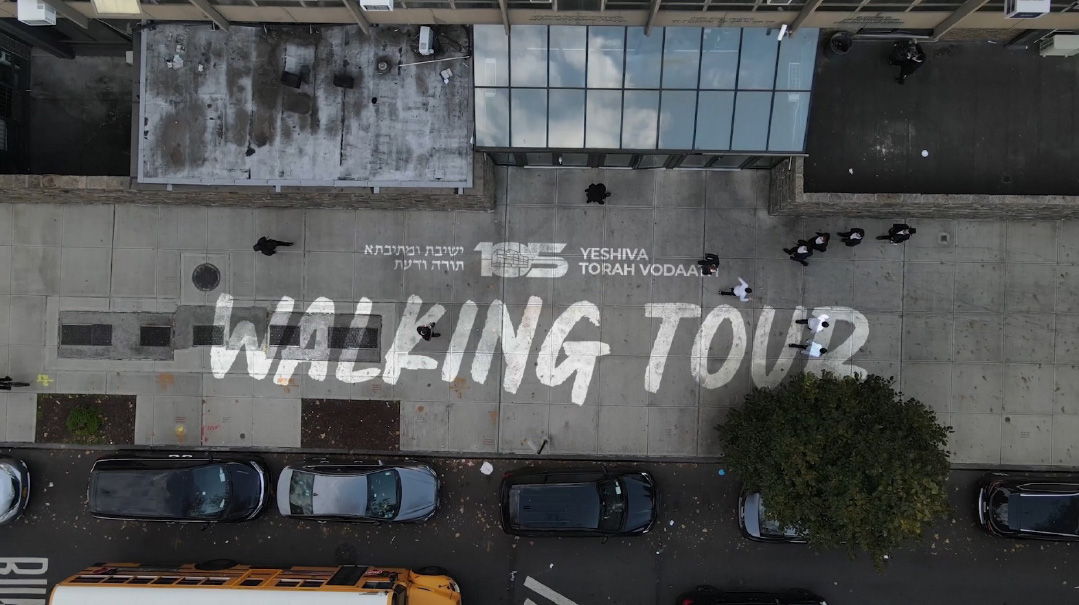
Running Commentary
Torah Vodaath provided a list of their upgrades and renovations: the walls in the lobby, the floors in the dining room, the lights in the beis medrash, and so on. It was an impressive list — but it was also very long.
“We want to highlight as much as possible,” Rabbi Diamond told us. “We also don’t want the video to be boring.”
It takes some creativity to make a walking tour exciting. Yes, it lets viewers see the facilities for themselves, but a five-minute tour can get tedious.
“Don’t just have one ‘host’ on the video,” I advised Rabbi Diamond. “Instead, have boys show off the gym and the buses, have yungeleit talk about the beis medrash, and have administrators show the offices. Besides more personal messaging, mixing up the speakers will give the variety needed to keep the tour engaging.”
In the editing stage, associate VFX director Jeremy Lewis added several high-energy music tracks and used flashy effects to transition from scene to scene. This helps the rhythm of the production feel less like a “walking” tour and more like a sprint.
VFX associate Miss Shayna Goldman worked on graphics, integrating text on screen into the footage itself. For the opening sequence, for example, she painted the words “Walking Tour” graffiti-style onto the sidewalk in front of the building.
But because we’re working with moving video, there are people walking on the sidewalk, so she had to trace around them and remove them frame by frame so the text would appear under their feet as opposed to across their backs.
We used a drone shot of the yeshivah as a pullout shot (meaning the ground gets smaller as the camera goes higher), so she had to adjust the text to remain consistent with the sidewalk size throughout the sequence.
Callback
Right before we started this year’s project for Torah Vodaath, I received a text from Miss Goldman’s mother, asking if I had a way to find out shidduch information about a boy learning in Torah Vodaath. I contacted Rabbi Diamond, who put us in touch with the rebbi who knew the boy best.
Long story short, we now have firsthand knowledge of the quality of the bochurim learning in Torah Vodaath today, and we know Miss Goldman is engaged to a top caliber boy! How’s that for a job perk?
(Originally featured in Mishpacha, Issue 1015)
Oops! We could not locate your form.

